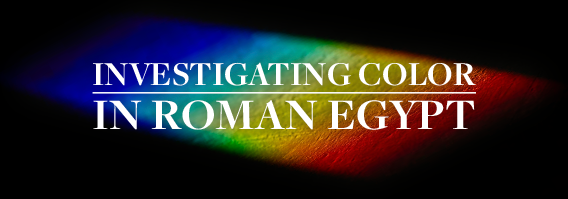Skip to content
Digital Microscopy
- Dino-Lite Premier AD4113TL(R4) digital microscope (others are available with different resolutions, magnifications, depths of field, and light sources), with DinoCapture 2.0 software (Dino-Lite)
- Gooseneck clip stand (Dino-Lite)
Multispectral Imaging
- DSLR camera with a “full spectrum” modification (LifePixel, Adorama)
- Light sources (B&H Photo, AnalytikJena)
- VIS: Impact VC-500LR monolights, ~2700 K (or similar, such as Scandles lamps)
- UVL: Blak-Ray longwave UV lamp, ~6500 K
- IRR: IR-irradiating source, such as an incandescent floor or desk lamp
- VIL: Vidpro Z96K Visible LED light array (a fluorescent floor lamp will work, too)
- Indigo subtraction: Fluorescent overhead lights or work lamp
- Lens filters (B&H Photo, PECA, MidOpt)
- VIS & UVL: PECA #916 Visible Pass Filter or similar, such as B&W UV-IR filter (+2e filters for UVL)
- UVR: PECA #900 (18A) Filter or similar, such as X-Nite BP1 or B&W UV-IR + X-Nite 330
- IRR: PECA #914 (89B) Filter or similar, such as X-Nite 330
- VIL: PECA #904 (87) Filter or similar, such as X-Nite 330
- Indigo subtraction: MidOpt 735 + 660 filters
- Calibration standards (B&H Photo, Labsphere)
- Calibrite ColorChecker Passport
- Spectralon Diffuse Reflectance Standard
- Adobe Photoshop
- Also recommended (B&H Photo)
- Tripod
- Remote shutter release
- Magnetic lens and filter rings
X-Ray Fluorescence Spectroscopy
- Bruker Tracer 5g handheld XRF unit (Bruker—also available to rent) or a similar handheld instrument such as the Thermo Niton series or the Olympus Vanta—the manufacturer will help you select the appropriate unit to your research needs
- Oben tripod with Harris adapter for remote operation (we purchased an Oben tripod from Bruker, which supplied the necessary adapter for the instrument)
- ARTAX software (included with XRF unit)
- Dosimeters and radiation exposure monitoring for each user. These may or may not be required by users’ institutions or local jurisdictions; check with your university’s or state’s environmental health and safety office. Dosimetry services are available through companies such as Landauer, which provides badges, analysis, and reports

